The Best Camera And Gear For Kenya Part 3
The 3 Best Lenses for Kenya Wildlife Photography Part 3
Phew... After sleeping for 12 hours, I survived. Not sure if it was a cold, fever, heat stroke, or if I ate something wrong, I was feeling nauseous, without strength, kept sneezing (if you had back pain before you knew how scary each sneeze was. One wrong pose and it could ruin my back...), wanted to puke and motionless for a whole day.
Anyways I'm back to life today.
Ever since coming back from Kenya a week ago, I wasn't able to adjust to the jet lag. Yet two days ago, I gave a talk at South County Photo Club. Being an ultra-introverted INFP, I was never comfortable talking to a big group, but I guess it went okay. Most of the stuff I talked during the seminar was off-script and I had a lot of fun. Another talk coming in two days, wish me luck.
Here are a few photos I recently posted in Facebook and Instagram.
Soon to be king.
Nikon D850, 400 2.8, f/3.2, 1/800s, ISO 560.
Eyes of a lion. Maasai Mara, Kenya. Nikon D850, Nikon 400 2.8, f/2.8, 1/800s, ISO 2200
Hello...
Bat-eared fox. My first bat-eared fox encounter. Nikon D850, 400 2.8. 1/4x, f/4, 1/1000s, ISO 1400. Samburu, Kenya.
Hyena and pup.
Nikon D850, 400mm 2.8, 2x tc, f/8, 1/1000s, ISO 1400.
Anyone likes hyenas? A lot of us were influenced by Lion King to think hyena is "bad". And sometimes they do steal the cubs of cheetah and leopard, or even lions when they have a chance. But I also heard that they are highly intelligent and follow a strict hierarchy, and that female is always the alpha.
So anyways, back to the topic of the best lenses for Kenya.
I talked to quite a few friends recently, and I couldn't believe what I heard.
They actually bought the 400 f2.8!
Anyways, you owe it to yourself if you haven't given the 400 f/2.8 a try during low light on fast-moving animals (you can rent it at lensrentals or borrowlenses.com). If the performance of the lens doesn't blow your mind... then I don't know what will. It's one of the biggest discoveries in my last ten years of photography.
Just like when I first mentioned about my switch from Canon to Nikon due to the Sony sensor. I received quite a lot of hate mails defending Canon, and I was told it's all about the photographer, not the camera.
On the other hand, some would quietly go and rent one for a weekend or a short trip, and then... the rest was history.
A friend told me he just got back from a trip to Svalbard and he brought both his Sony 70-200 2.8 and 100-400. And he agreed with me that it's no comparison. The 70-200 f2.8 is hands down superior in all aspects for wildlife photography. I myself have used a 100-400 for 15 years, then I switched to a 400 f5/6, then a 400 f/4 DO. I have also used 500 f/4 and 600 f/4 extensively. Then I eventually discovered the combo of 400 2.8 and 70-200 2.8 after a lot of trial and error.
So what's the #3 best lens for Kenya?
I brought the Nikon 24-70 2.8E to Kenya.
One of the advantages of carrying a wide angle lens is to capture the rare moment when animals suddenly come close.
I was in Alaska with a group of photographers photographing a mother brown bear and her yearling cub from afar. They got closer and closer, but since there was another adult female bear behind us, we decided to not move instead of backing down, as we didn't want to back into this female bear. We held our ground as we watched the mother bear and cub walk by us. At one point, the mother and cub were quite close and I quickly switched to a 24-105 lens (while trying not to poop my pants) and got them in frame with the distant mountain in the back, which is one of the good things about having a wide angle lens, where they exaggerated the subject while giving you a sense of the vast habitat in the back.
24-105mm. The mother bear was watching another female bear behind us.
Another time I was in Mount Evans, Colorado, resting behind a big rock and photographing the mountain goats with my 400mm. Suddenly, one of the mountain goat kids got curious and came, and all his siblings followed. They came to within a few inches from me. The whole time I didn't move, and I got photos of them using a 16-35mm.
So it's always nice to have a wide angle for this kind of unexpected opportunity. Most of the time you would still be using the 70-200mm if an animal comes close. By the time when 70mm is still too much, you have to literally "throw" your camera with 70-200 away, grab the wide angle, set f/8, maybe 1/500s, and get the shot before the animal walks past you. From 70mm being too much to shooting with a wide angle, it usually lasts less than two seconds. And the "distortion" created by a wide-angle lens usually give people a wow factor.
#3: Nikon 24mm 1.8G
In this trip, I felt that the 24-70 is almost too heavy for such use. I will likely bring a D850 without battery pack to save weight, and a Nikon 24mm 1.8G in the future. The 24mm is ultra sharp and light weight.
And in Kenya, since we are shooting out of a vehicle, unless you have the side door removed to lay flat to get lower angle, when the animals are very close, usually it will be too high to shoot using a wide angle as you will be shooting down, which typically looks bad with the distracting background of the ground.
I haven't gotten any successful wild angle shot in this trip though I've had a few chances.
I've heard that some people would stick a monopod (with the camera attached) outside of the car, vertically down, so that the camera is low near ground level next to the door of the vehicle, and use remote trigger to take such shot.
It seems like a lot of work. But I may do some experiment on that next time if an animal did come close.
I have to stress ONE VERY IMPORTANT THING. What I mean by animals coming close is that one always has to leave enough space for the animals, instead of rushing to the spot as close to the animals to get the shot, or block the path of the animals on where they are walking towards. If the animals choose to come close to you, then you get your shot. But don't ever stress the animals for your shot.
Even though it was just my first trip to Africa, I've heard quite a few horrific things:
- I once read a wildlife photography book, where the author said he has seen some photographers requesting the driver of their vehicle to keep chasing a hyena until the hyena was exhausted, with saliva coming out, panting for air, and looked back at the vehicle so that they could get the shot.
- I've heard that some drivers would drive at full speed towards a cheetah that just had a successful kill. They wouldn't stop until they were only a few feet from the cheetah. The cheetah eventually had to abandon the kill due to stress.
- Some drivers would drive right to elephants right in front of their path to get their shots. The elephants would look agitated.
It's absolutely terrible. Don't be those scumbags. All for the sake of a photo. I've written another blog post some time ago about one of the most critical elements of wildlife photography, regarding the wellness of the animals. Please check it out.
Tin Man
P.S. All the above photos are processed using my DTS method. Check it out if you are interested.


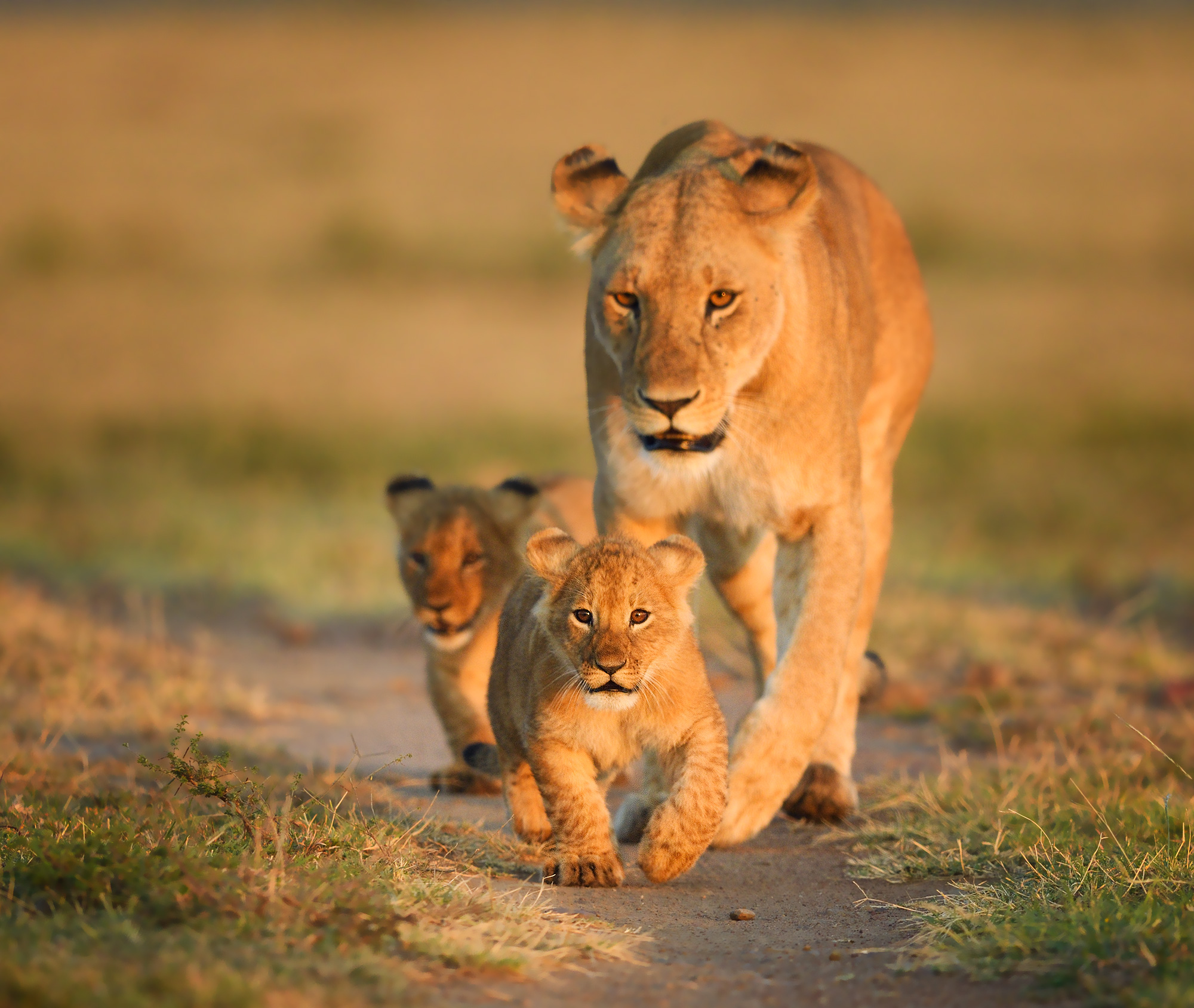
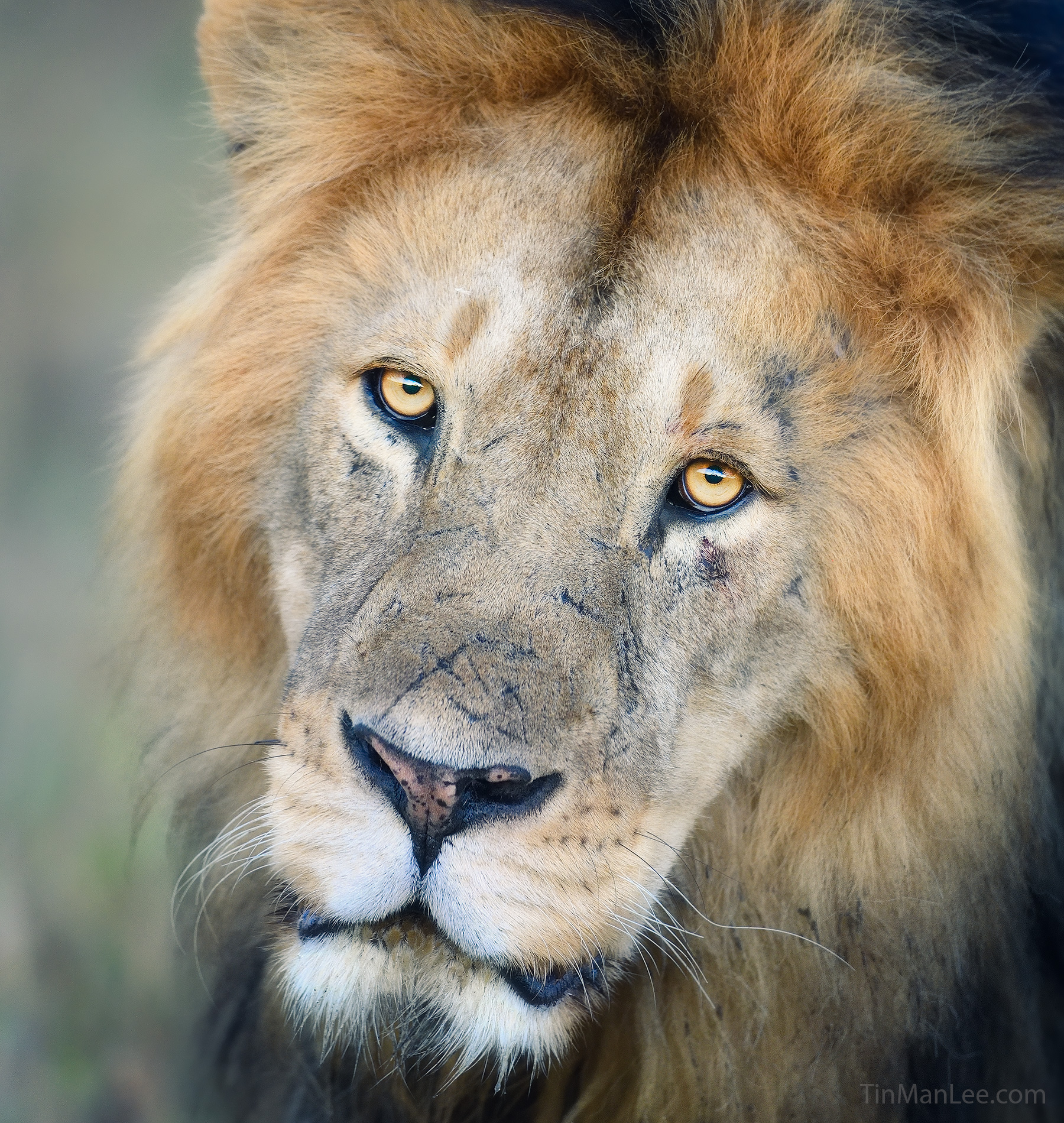

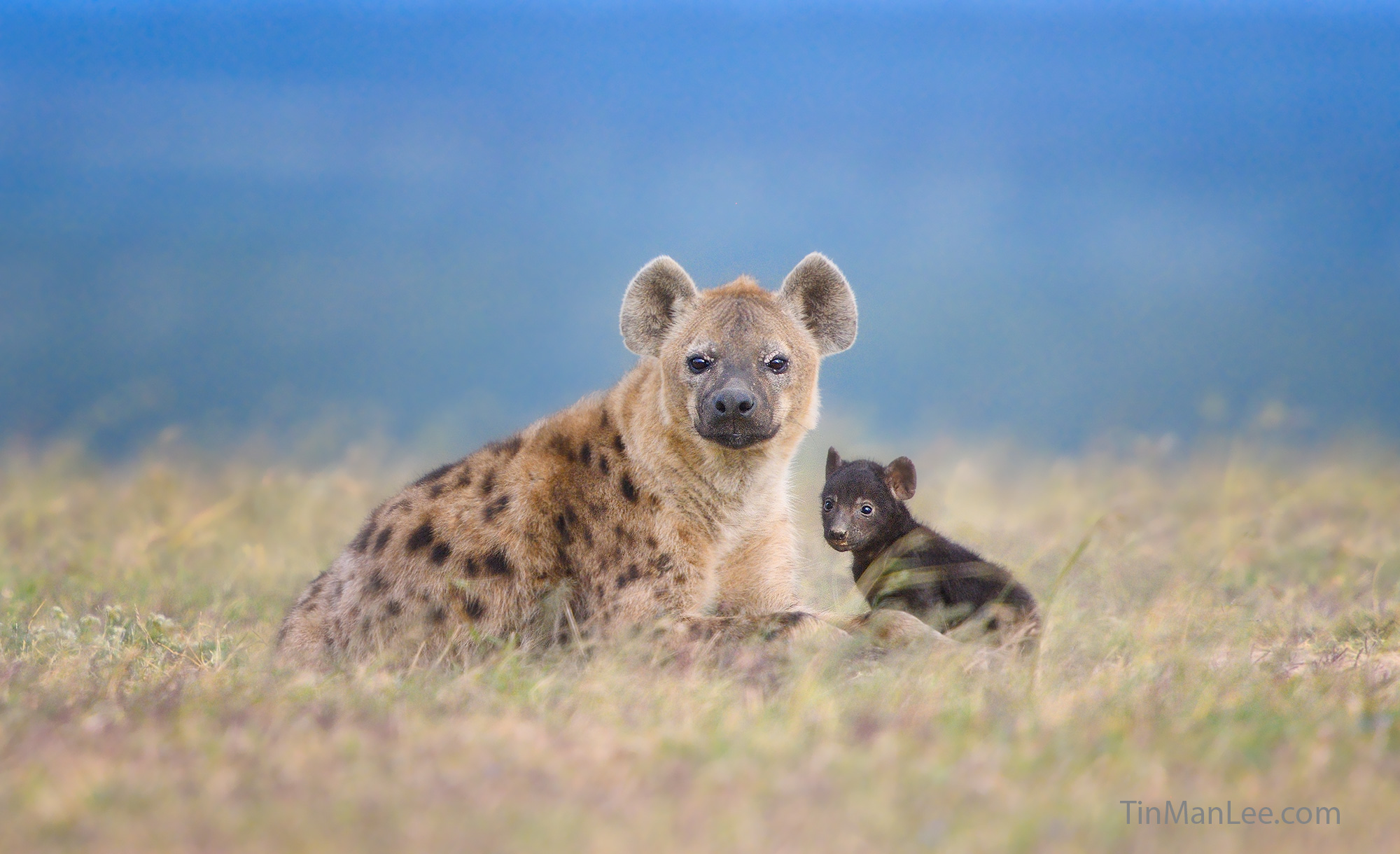
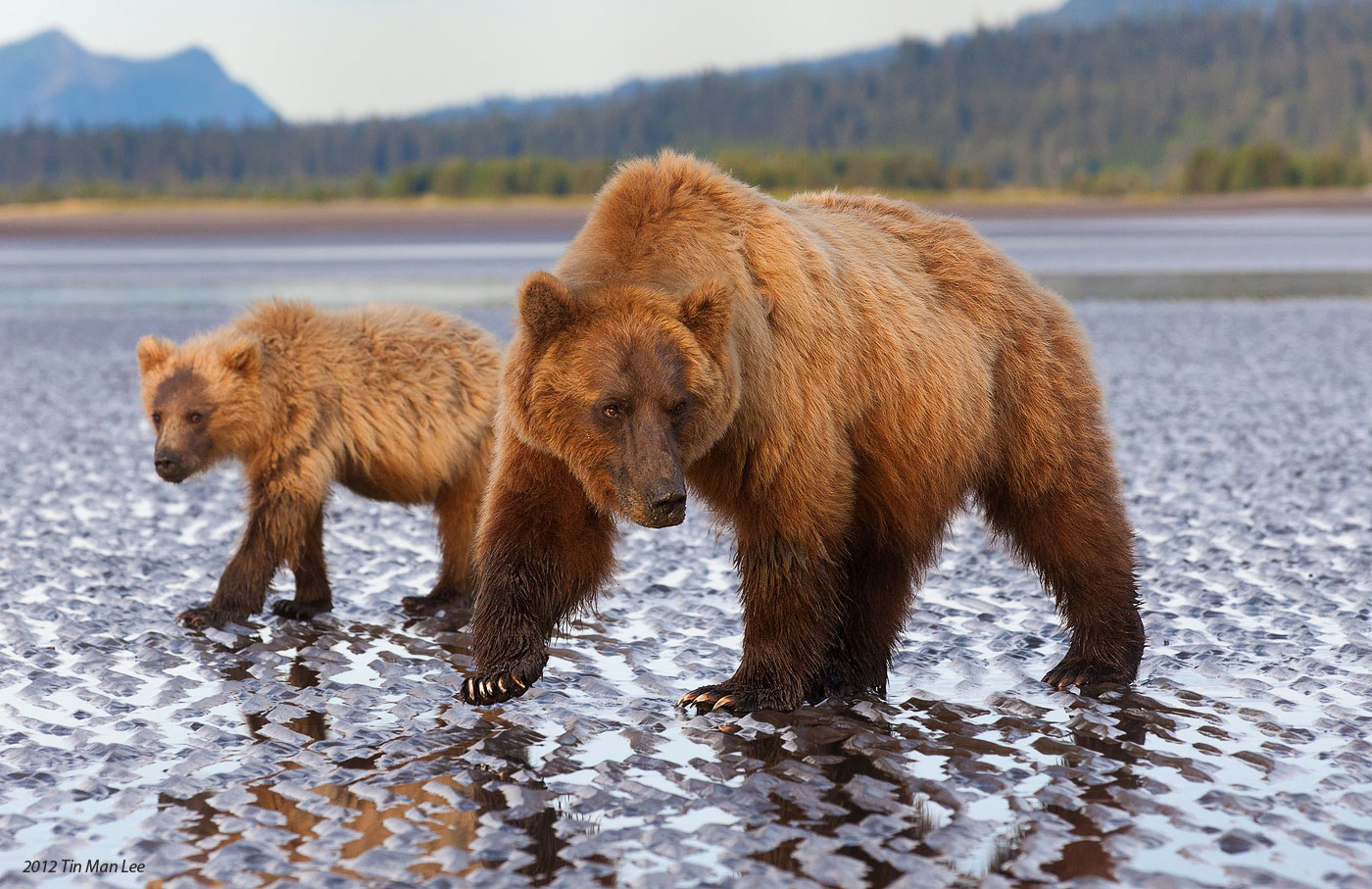
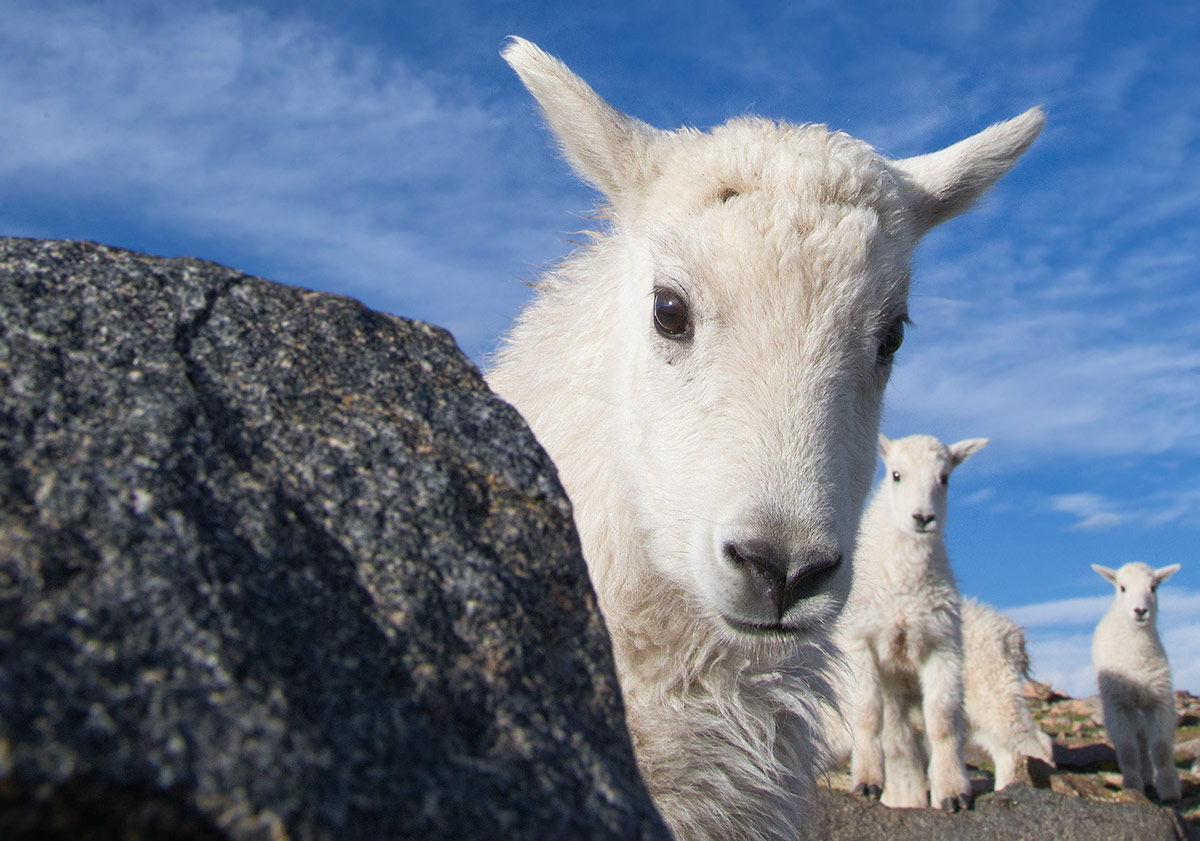
Great info and great pictures. Thanks for sharing. (BTW I want to change emails to the one inserted below. How do I go about that?)
Thanks Gena
Gena Warrington
Oh MY!
You are, without a doubt, my photography hero!
These pictures, as always, are superb!
And your switch to Nikon warms my heart.
I shoot a Nikon D 500, using the 16 – 80 mm as my walking around lens.
But always keep handy, my 40 mm, and 80 – 400 mm.
Anyway keep up the great work! Maybe I’ll get to listen to one of your talks if you ever come to Dallas.
Bart